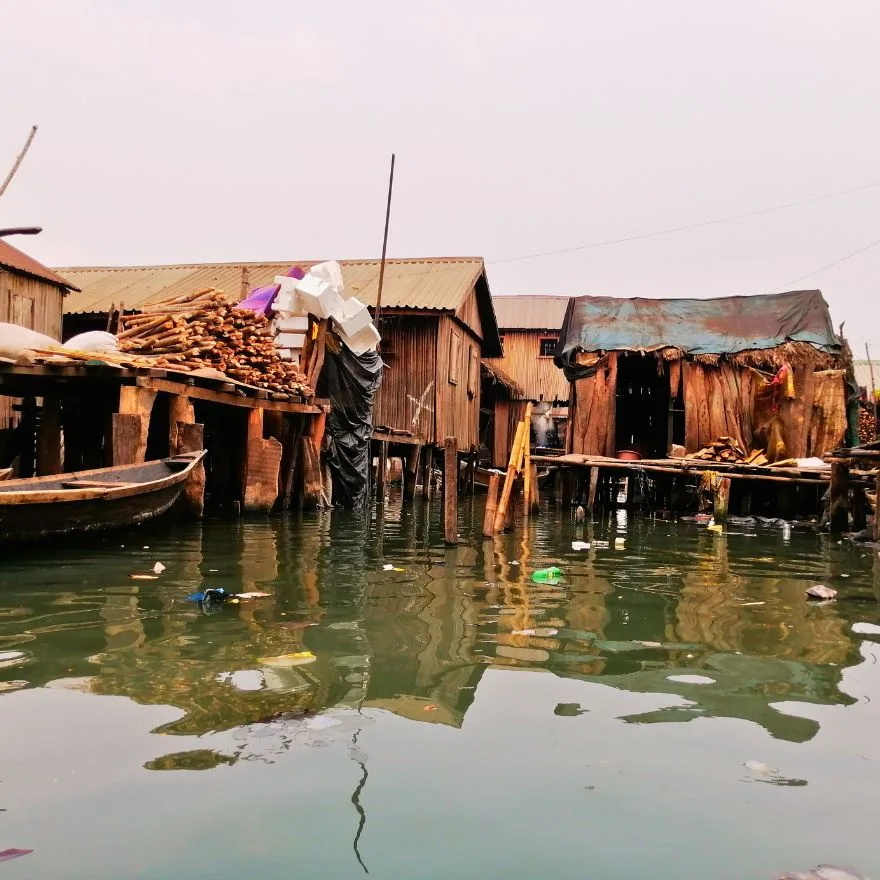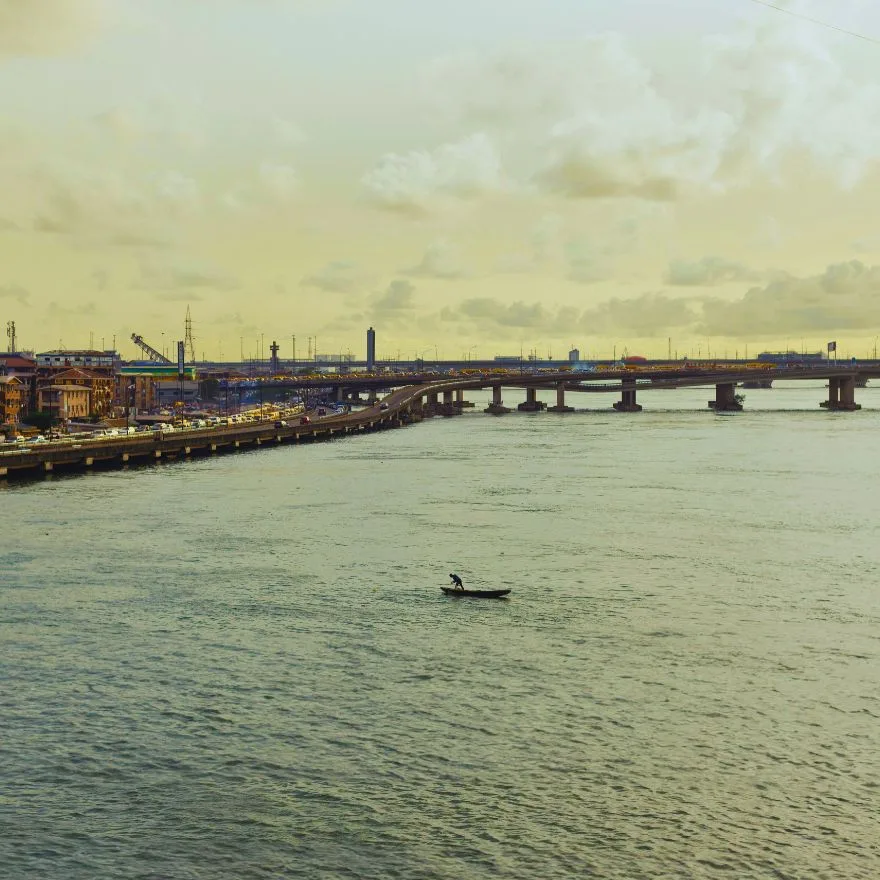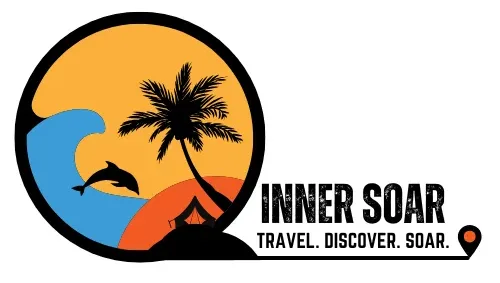The Soul-Stirring Symphony of Lagos
There’s a certain magic that awakens when you first step onto Lagos soil. The air, thick with possibility, carries whispers of ancient stories alongside the rhythmic beats of Afrobeats pulsing through bustling streets. Lagos—Nigeria’s coastal crown jewel—doesn’t simply welcome visitors; it embraces them in a whirlwind dance of contrasts, inviting souls to awaken to new dimensions of experience.
As I embarked on my journey through this magnificent metropolis, I discovered that Lagos isn’t merely a destination—it’s a transformation waiting to unfold within the traveler who arrives with an open heart.
Lagos doesn’t reveal itself to the casual observer. Like any profound relationship, it requires presence, patience, and the willingness to look beyond first impressions. The city moves to its own rhythm—sometimes frenetic and overwhelming, other times surprisingly gentle and introspective.
The symphony of car horns, market chatter, and prayer calls creates an urban soundtrack unlike any other, a constant reminder that you’re experiencing a place where humanity expresses itself in its most raw and authentic form.
For travelers seeking soulful or conscious travel experiences, Lagos offers a masterclass in resilience, creativity, and joy that flourishes even amidst challenges. This is a city where the human spirit soars despite constraints—where innovation isn’t a buzzword but a daily necessity, and where community bonds form the invisible architecture holding everything together.
Hidden Wonders of Lagos: Five Gems That Define Its Essence
1. Makoko Floating Village
Venture beyond the glossy narratives of Lagos and you’ll discover Makoko—a floating village where homes perch on stilts above the Lagos Lagoon. Here, wooden canoes glide silently through narrow water channels that function as streets.

Often mischaracterized as simply an impoverished area, Makoko reveals itself to the mindful visitor as a testament to human adaptability and community resilience. As you navigate the waterways with a local guide (always arranged ethically through community tourism initiatives), you’ll witness a self-contained ecosystem where fishermen cast nets in early morning light, children attend the floating school—an architectural marvel designed by Nigerian architect Kunlé Adeyemi—and women smoke fish to sell in mainland markets.
The village offers profound lessons in sustainable living and communal interdependence that many modern societies have forgotten.
And if you wish to step beyond the city’s heartbeat and journey outward—to where coastal winds carry the scent of salt and stories untold—consider a small graceful machine of possibility: a car you’ve handpicked through DiscoverCars. It becomes a companion on the road less traveled, whether you’re tracing the shores of the Atlantic in search of hidden shorelines, or steering through lullaby-quiet towns that fold into the landscape.
With each turn of the wheel, Lagos’s transformation into memory deepens—and the journey becomes as much about the spaces between as the places themselves.
2. New Afrika Shrine
To understand Lagos’s beating heart, one must experience the New Afrika Shrine in Ikeja. Created by Femi Kuti to honor his father Fela Kuti—the revolutionary musician who pioneered Afrobeat—this cultural sanctuary transcends the typical concert venue.
Here, music becomes meditation, dance transforms into spiritual practice, and political consciousness merges with artistic expression.
On performance nights, the air vibrates with saxophone riffs and polyrhythmic percussion as bodies move in collective celebration. Between sets, elders share stories of Nigeria’s struggle against colonialism and the ongoing quest for democracy.
The Shrine isn’t merely entertainment; it’s a portal into understanding Nigeria’s complex history and vibrant cultural resistance. Come with respect, leave your preconceptions at the door, and allow yourself to be transformed by the experience.
3. Terra Kulture
For those seeking to deepen their understanding of Nigerian artistic traditions and contemporary expressions, Terra Kulture on Victoria Island offers a sanctuary of cultural immersion.
This arts and culture center houses a well-curated gallery featuring works by Nigeria’s most compelling visual artists—from established masters to emerging talents challenging convention.
The complex also includes a magnificent theater where you can experience Nigerian plays in English or local languages (with translation available). Sunday afternoons often feature traditional dance performances that trace movement practices from various Nigerian ethnic groups.
Before leaving, browse the extensive bookstore specializing in African literature, history, and philosophy—perfect for continuing your inner journey long after your physical one concludes.
4. Lekki Conservation Centre
When the city’s intensity calls for balance, seek refuge at the Lekki Conservation Centre—a 78-hectare urban forest preserving coastal ecosystems just minutes from Victoria Island’s skyscrapers.
The elevated 1.8-kilometer canopy walkway—one of Africa’s longest—allows visitors to float above the forest floor, observing monkeys swinging through branches and birds performing aerial ballets between trees.
Early mornings reveal magical light filtering through the mangrove forest, creating moments of transcendent connection with nature. Silent meditation on one of the hidden benches becomes especially powerful when you realize this protected space exists in creative tension with Lagos’s explosive urban development—a reminder of the delicate balance between progress and preservation that all societies must navigate.
5. Nike Art Gallery
Ascending the five floors of Nike Art Gallery in Lekki feels like climbing a mountain of creative consciousness. Housed in a striking white building adorned with colorful sculptures, this gallery contains over 8,000 artworks from across Nigeria, representing the country’s diverse cultural expressions and artistic traditions.
The gallery’s founder, Nike Davies-Okundaye, has dedicated her life to preserving traditional textile arts like adire (indigo-dyed cloth) while nurturing contemporary artistic voices. Beyond viewing the extensive collection, visitors can participate in workshops to learn traditional weaving, beadwork, or batik techniques—transforming your visit from passive appreciation to active engagement with living heritage.
Before departing, many visitors feel compelled to leave messages on the gallery’s signature wall—adding their voices to the collective story of transformation that this space inspires.
Lagos’s Culinary Gifts: Nourishment for Body and Soul
In Lagos, food transcends sustenance; it becomes a portal through which you access memory, tradition, and community.
Begin your culinary pilgrimage with jollof rice—that glorious, tomato-infused grain that incites passionate debates across West Africa. Nigerian jollof, typically prepared with long-grain rice, scotch bonnet peppers, and a complex blend of spices, offers a smoky depth that distinguishes it from its regional cousins. Pair it with dodo (fried plantains)—the sweet counterpoint to jollof’s savory richness.
For breakfast, embrace akara (black-eyed pea fritters) and ogi (fermented corn porridge). The contrast between crispy exterior and fluffy interior of freshly fried akara alongside the subtle tanginess of ogi creates a morning ritual that grounds you in local rhythms.
No Lagos experience is complete without sampling suya—thinly sliced beef rubbed with ground peanuts and spices before being grilled over open flames. The ritual of watching your suya cook, wrapped in newspaper with raw onions and yaji spice, makes the first bite transcendent.
For the adventurous, efo riro (vegetable soup with assorted meats) reveals Nigerian flavor complexity. This spinach-based stew balances earth, sea, spice, and fermentation in a culinary symphony—best enjoyed with fufu or pounded yam, eaten by hand.
Echoes of the Past: The History and Heritage of Lagos
As you move through Lagos, listen closely for the whispers of history embedded in its streets and structures.
Before becoming Nigeria’s commercial epicenter, Lagos Island (Eko, as locals call it) was home to the Awori people, a Yoruba subgroup. The city’s name derives from the Portuguese Lagos (“lakes”), bestowed in the 15th century.
By the 1800s, Lagos had become a significant port in the transatlantic slave trade—a painful chapter commemorated at Freedom Park, now a memorial honoring those who suffered and resisted. The Brazilian Quarter reveals another layer: returned formerly enslaved people built homes blending Brazilian colonial and Yoruba styles, still standing today as testaments to resilience and adaptation.
The National Museum houses artifacts tracing human presence in the region back thousands of years, including the magnificent Benin Bronzes. Nearby, the Kalakuta Republic Museum preserves Fela Kuti’s home and recording studio—ground zero for a musical revolution that challenged political corruption and neocolonial exploitation.
Each historical layer of Lagos reminds us that places, like people, contain multitudes—their stories never simple or singular but rich with complexity, contradiction, and continuous becoming.
When to Visit Lagos
The ideal time for your Lagos pilgrimage falls between November and March—the dry season, when humidity softens and rainfall becomes sparse. December brings particular magic as Lagosians return from across the diaspora for festive celebrations like the Lagos Street Party and Calabar Carnival.
Avoid the heaviest rains between June and August, when storms can disrupt travel, and note that April’s Harmattan winds may carry Saharan dust across the city.
Travel Tips for Lagos Explorers
Lagos rewards the prepared traveler who approaches with both structure and flexibility.
- Stay in Lagos Island, Victoria Island, or Ikeja for optimal positioning.
- Use Uber or Bolt for air-conditioned rides, but try okadas (motorcycle taxis) and danfos (minibuses) at least once for authenticity.
- Dress modestly but colorfully; Lagos loves self-expression rooted in respect.
- Carry minimal cash and secure valuables.
- Buy a local SIM on arrival—or use Drimsim, your global travel lifeline, with both SIM and eSIM coverage in over 190 countries, including Nigeria.
With transparent, pay-as-you-go rates and easy app management, Drimsim becomes a quiet companion—helping you share Afrobeats-fueled sunsets and find your way through Lagos’s labyrinthine alleys.
The Return Journey: How Lagos Stays Within You

As your time in Lagos concludes, you’ll notice something unexpected—the city has inscribed itself upon your consciousness.
Lagos teaches that beauty and challenge coexist not as opposites but as necessary companions in the human experience. It shows how joy can be revolutionary, how strangers become family, and how resilience becomes art.
In this way, Lagos continues nourishing your inner soaring long after your footprints fade from its shores—reminding you that the most meaningful journeys lead both outward and inward, transforming not just your view of the world but your understanding of yourself within it.
Part of the Inner Soar travel series — where destinations become teachers, and every journey invites you to awaken to new layers of consciousness, connection, and wonder.
